The new Google Pixel 9a is a competent companion on the pathway to the world of AI
Google’s reputation for effective and efficient hardware is bolstered by the introduction of the new Pixel 9a, a mid-tier smartphone designed to endure
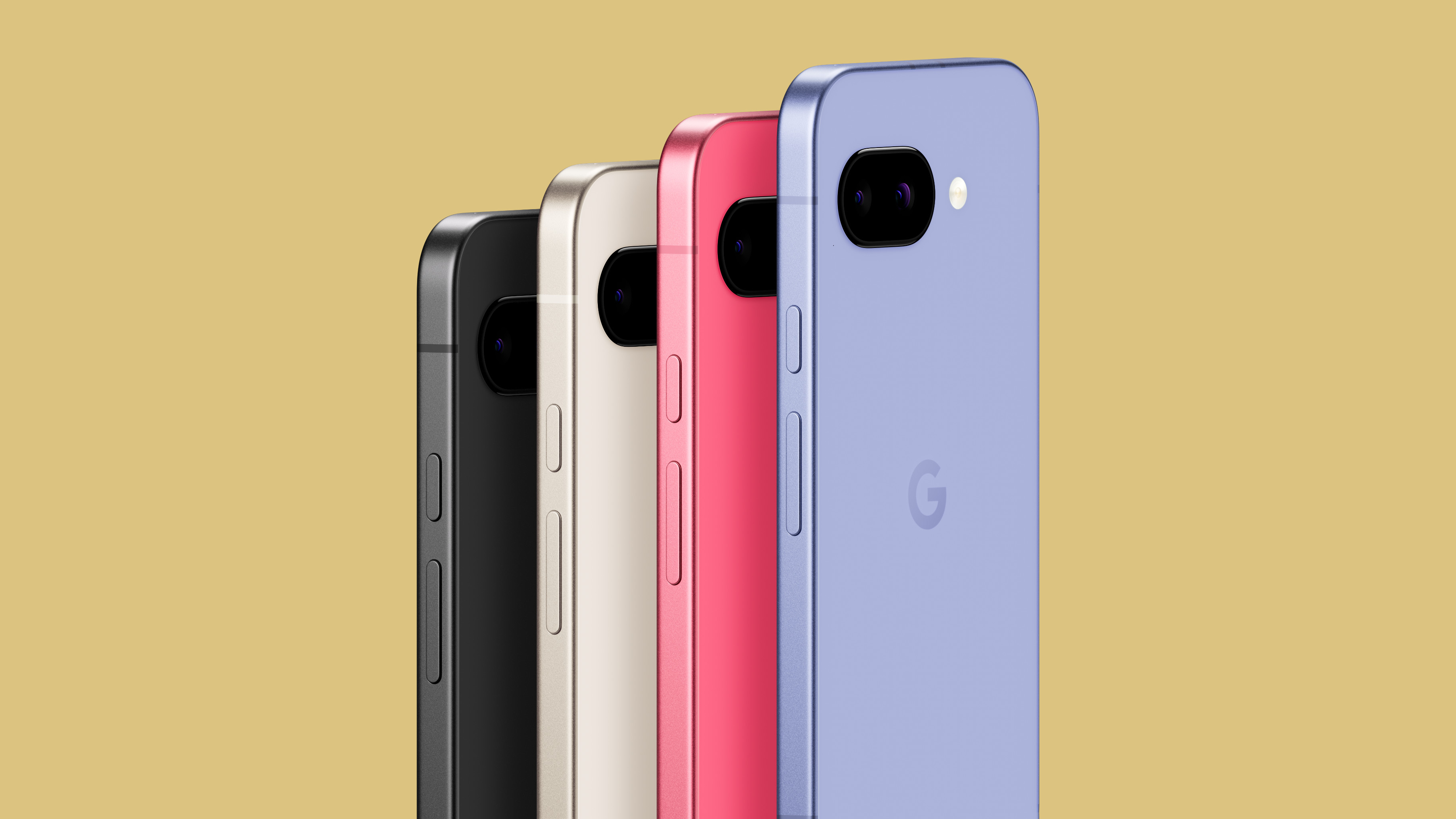
Google today debuts its latest mid-tier smartphone, the Pixel 9a. Following a well-established strategy of releasing ‘a’-branded models eight months or so after the release of top tier phones. Autumn 2024 saw the arrival of the current flagship Pixel 9 series, so naturally enough we now have the Pixel 9a to replace the Pixel 8a.
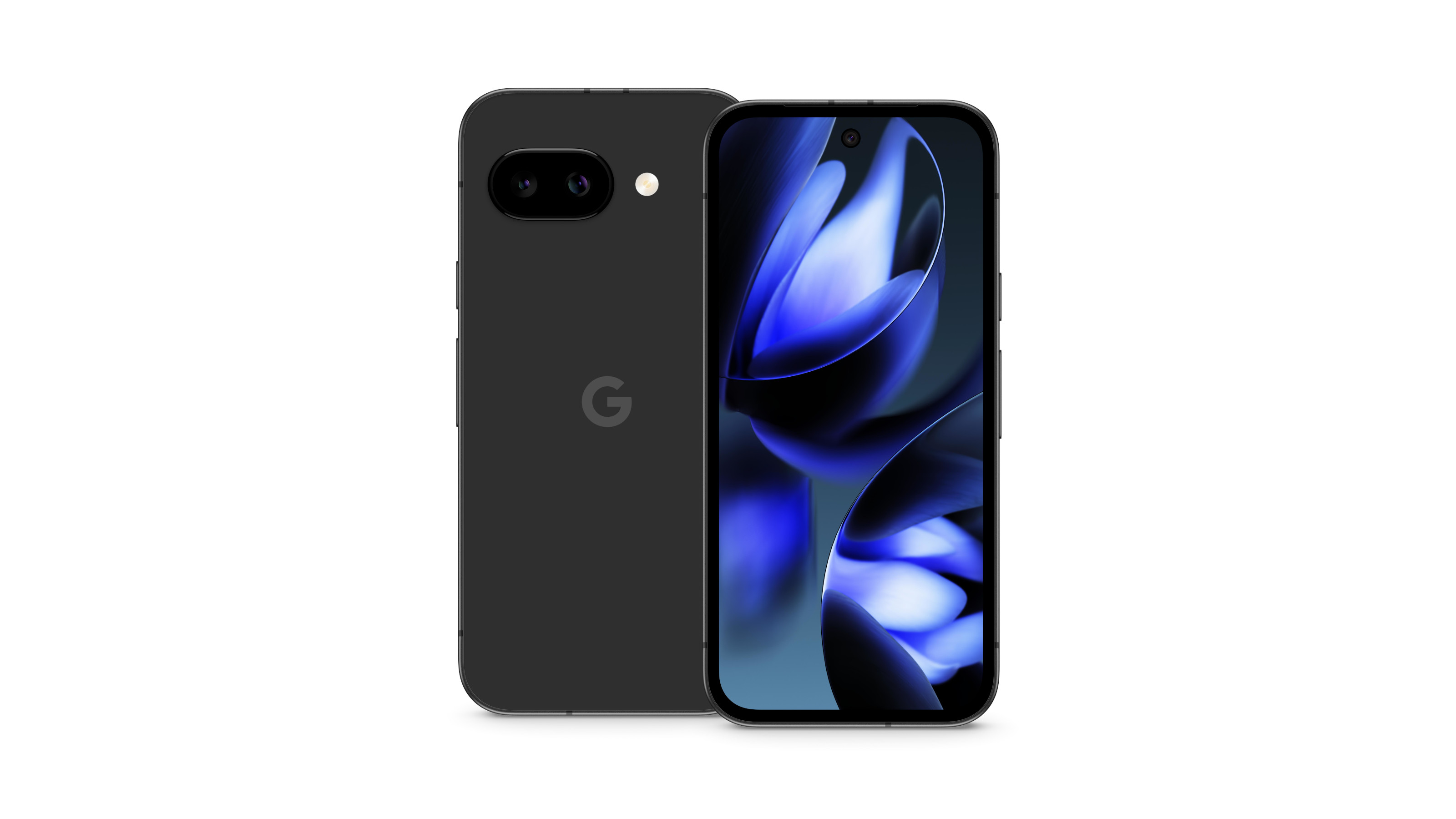
Google Pixel 9a in Obsidian, with case
Enough of big tech logistics. At this stage and price point, a new phone drop is just as much about colours and finishes as it is about specification and raw power. Those in the market for Google’s ‘a’ branded phones are not early adopters, nor do they care hugely about having the ‘very best’ in terms of imaging or AI tech. Suffice to say, they trust Google enough to ensure that the feature set and ethos of the flagship trickles down sufficiently to make the 9a an excellent all-rounder.
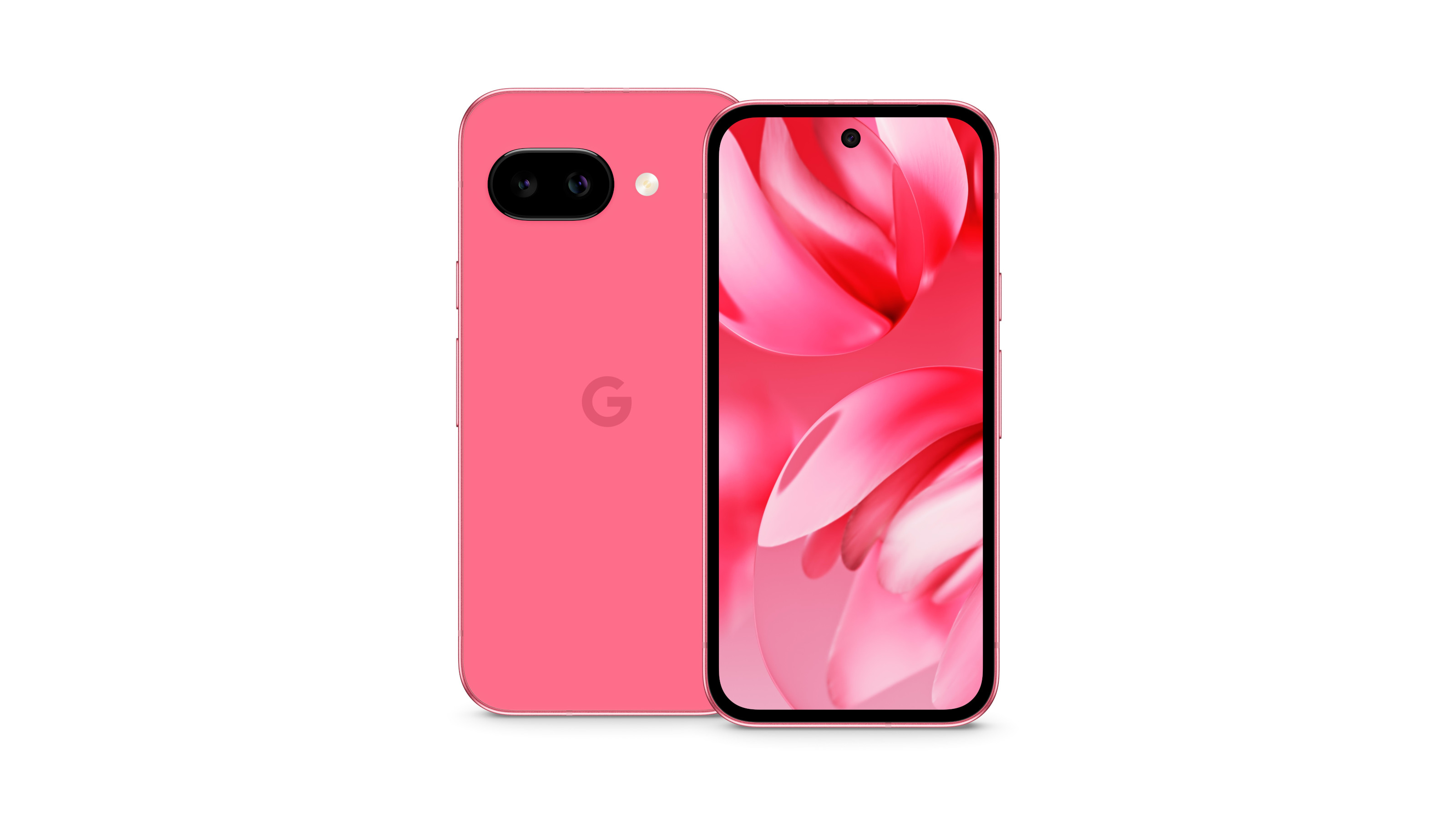
Google Pixel 9a in Peony, with case
That certainly seems to be the case. Google is still pushing hard on its Gemini AI, a multi-billion-dollar investment in a technology that is still searching for a killer app that transcends the novelty of a smarter search and easy photo editing. The Pixel 9a can tap into all the latest upgrades of the Gemini model, including the new Gemini Live service that uses video to take in scene data and process it accordingly.
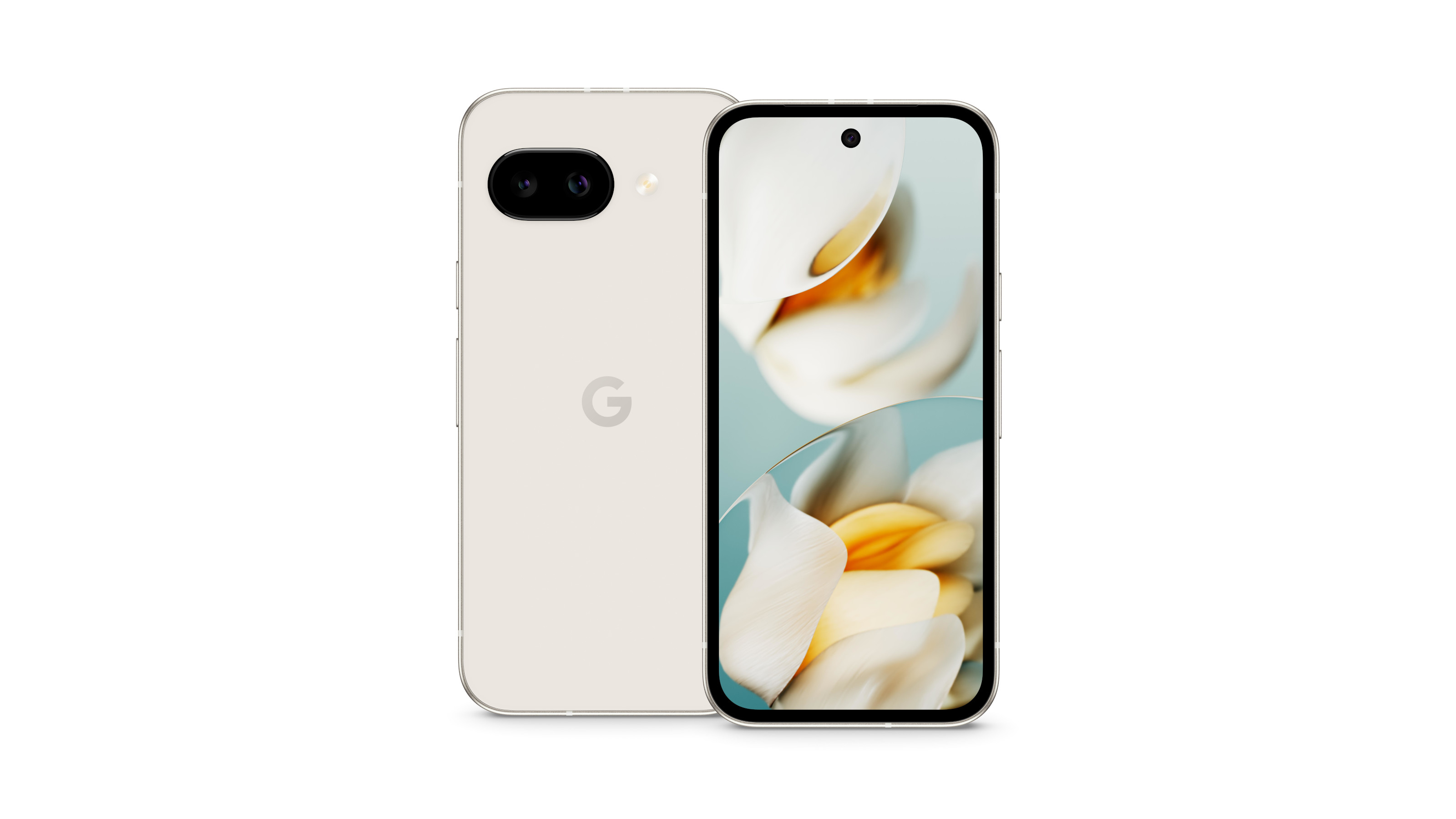
Google Pixel 9a in Porcelain, with case
Features like this are increasingly blending into the mainstream and become a part and parcel of how we interact with search. Gemini Live’s ability to parse and converse in natural-sounding language is one of the technology’s strongest points, yet these AI-driven interactions still feel like an obfuscating layer that’s draped over physical reality. Can it ever really be trusted?
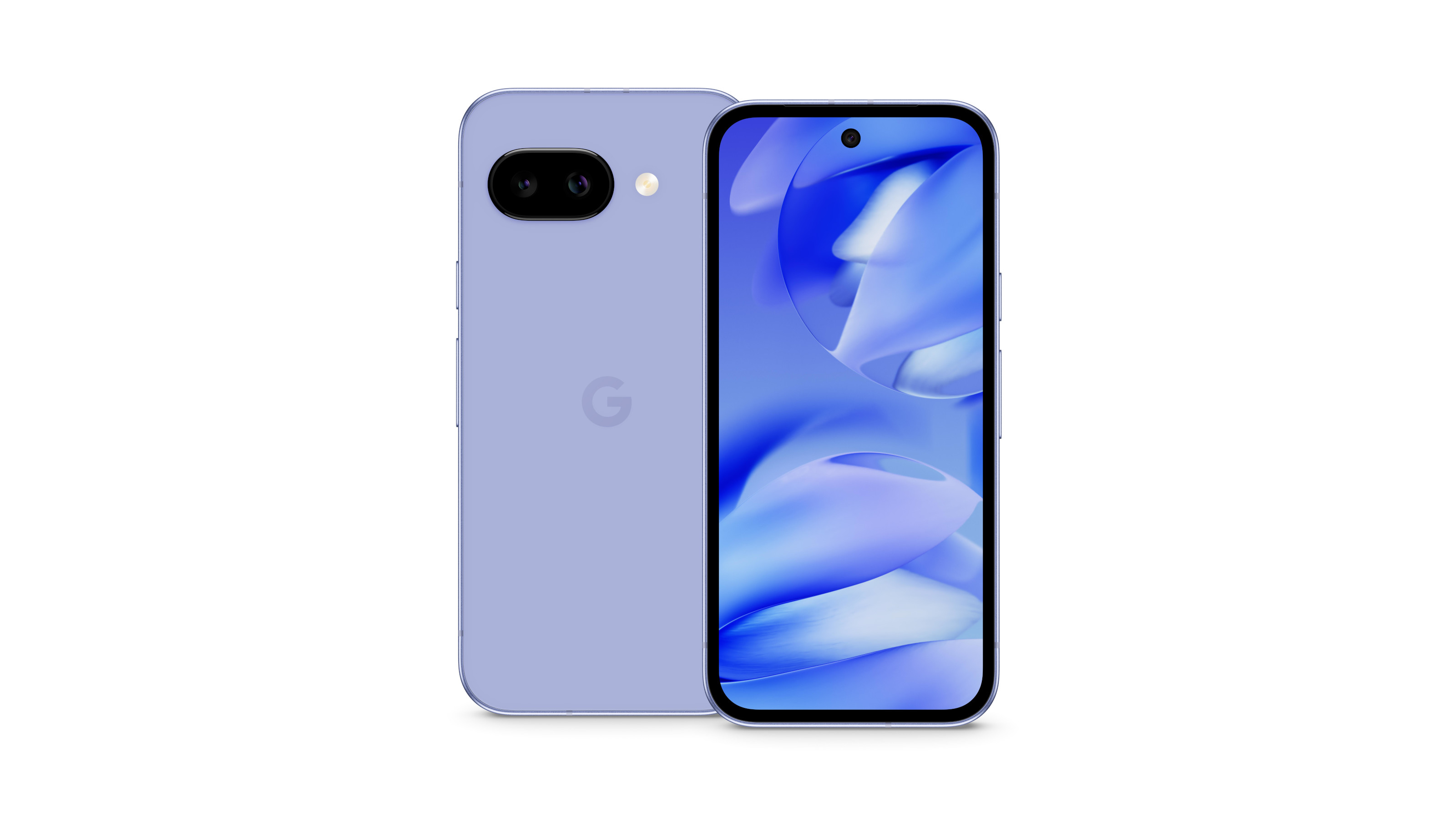
Google Pixel 9a in Iris, with case
Infinitely more tangible are the Pixel 9a’s physical characteristics. Solidly built, with a tried and tested camera module that includes both 48 MP main and 13 MP ultrawide cameras, along with new Macro Focus and Astrophotography modes, the 9a will make an excellent photographic companion. Battery life has also been improved, with that crucial crutch of day-length longevity that should dispel any charge anxiety. There's 8GB of RAM and a choice between 128GB and 256GB of storage.
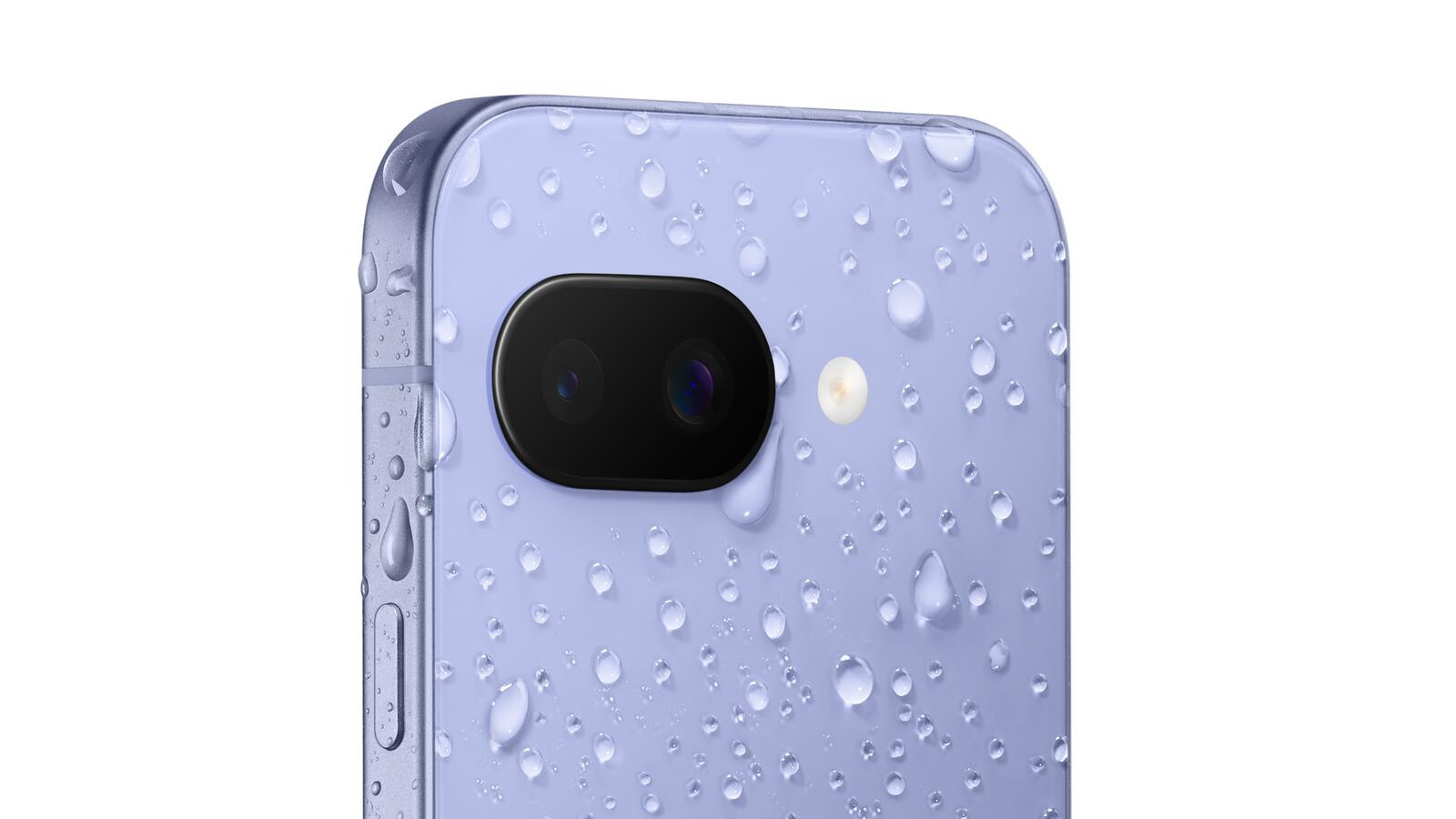
The softer form of the Pixel 9a's camera module is inspired by water droplets
Posterity will have to decide on the merits or otherwise of Google’s suite of photo-editing tools. They range from the relatively benign (cropping, re-framing, even expanding the edge of the image) to the all-in AI-driven slopscape opened up by Pixel Studio, where you can conjure up fantastical imagery out of a sketch or a prompt. Additional lures include a three-month sub to Google One cloud storage and ad-free YouTube premium, along with a six-month subscription to Fitbit Premium content.
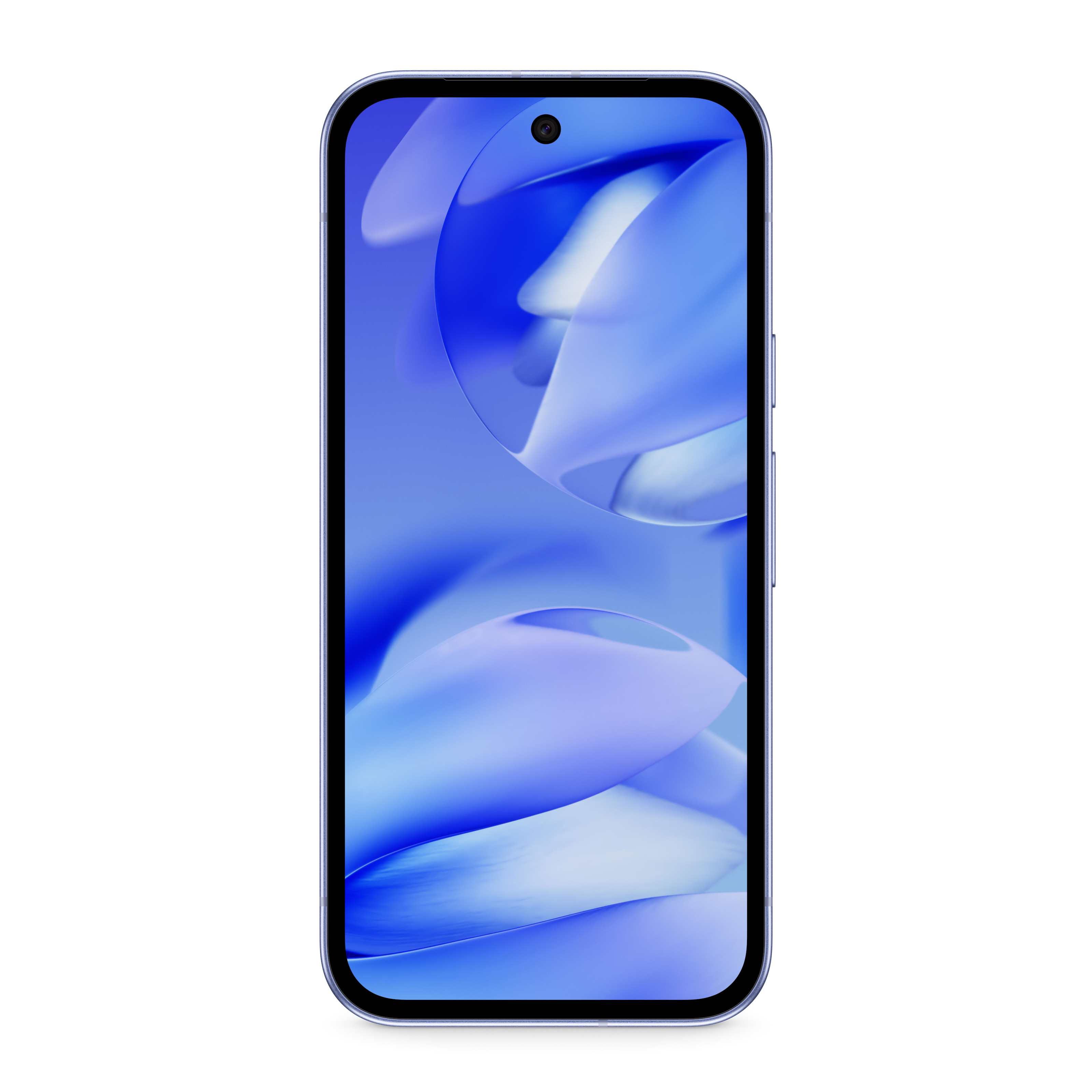
Our perennial gripe about modern smartphones – that the tactile delight of their all-metal and glass construction and fine, jewel-like buttons, curves and edges are all subsumed beneath the essential requirement of a robust case. The ‘camera bump’ on the 9a is smoother and less prominent than on its pricier siblings, and there’s also greater emphasis on recycled plastic and aluminium which make up nearly a quarter of the phone’s entire mass.
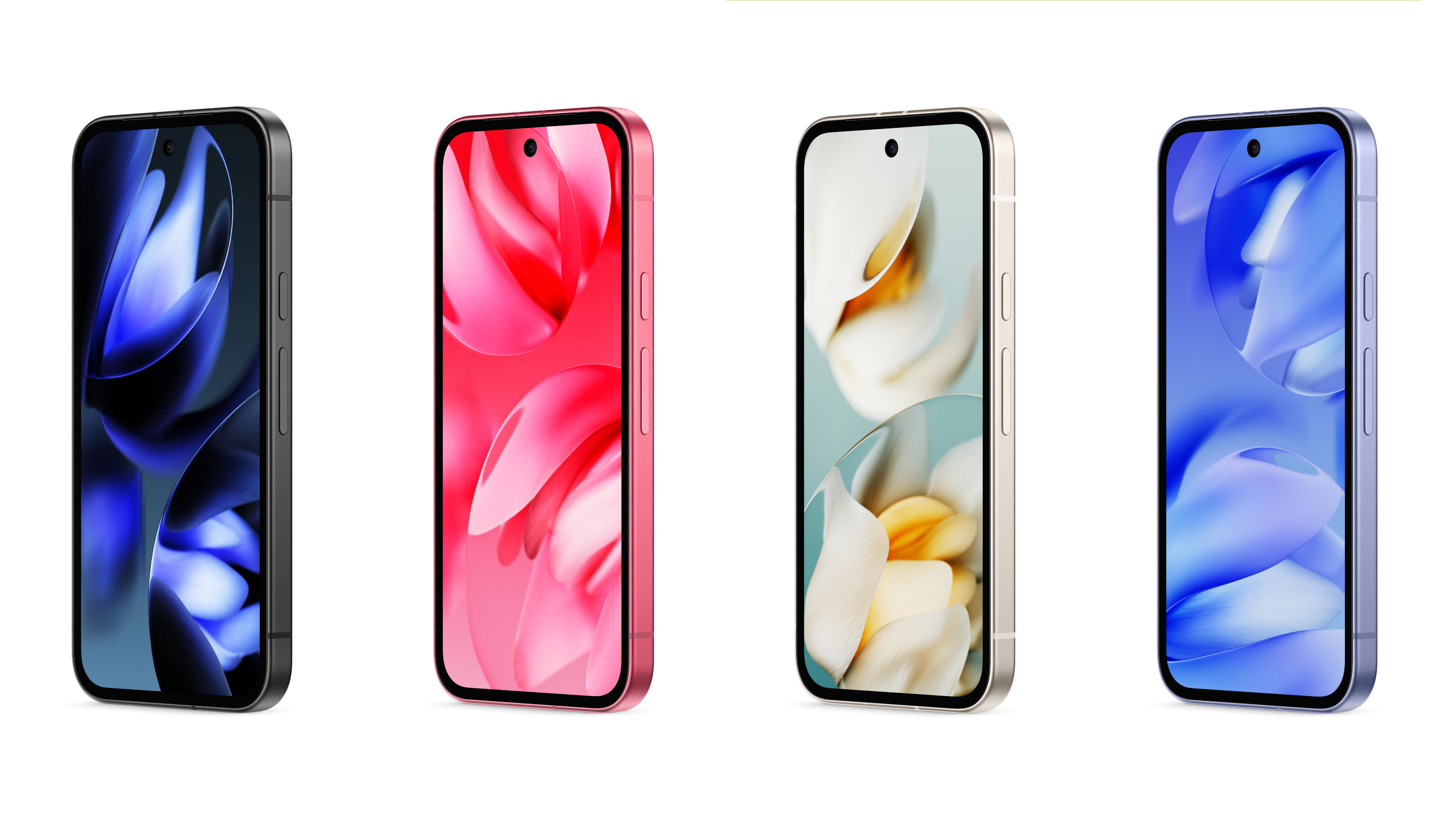
The new Pixel 9a colours: Obsidian, Peony, Porcelain, Iris
Durability of another kind is ensured through a guaranteed seven years of what Google calls ‘Pixel Drops’ – software and security updates that’ll keep this phone current well into the 2030s (providing you don’t do a Pixel drop of your own). Finally, those all-important new colour ways, Iris, Peony, Porcelain and Obsidian, go some way towards stripping away the tech bro aesthetic of modern devices in favour of something softer and less in your face.
All in all, Pixel 9a is yet another tread on the slippery stair to Google’s conquest of everything. If that’s a journey you’re inescapably yoked to, then the 9a is a welcome companion, an unpretentious, affordable device that deserves a place on everyone’s shortlist.
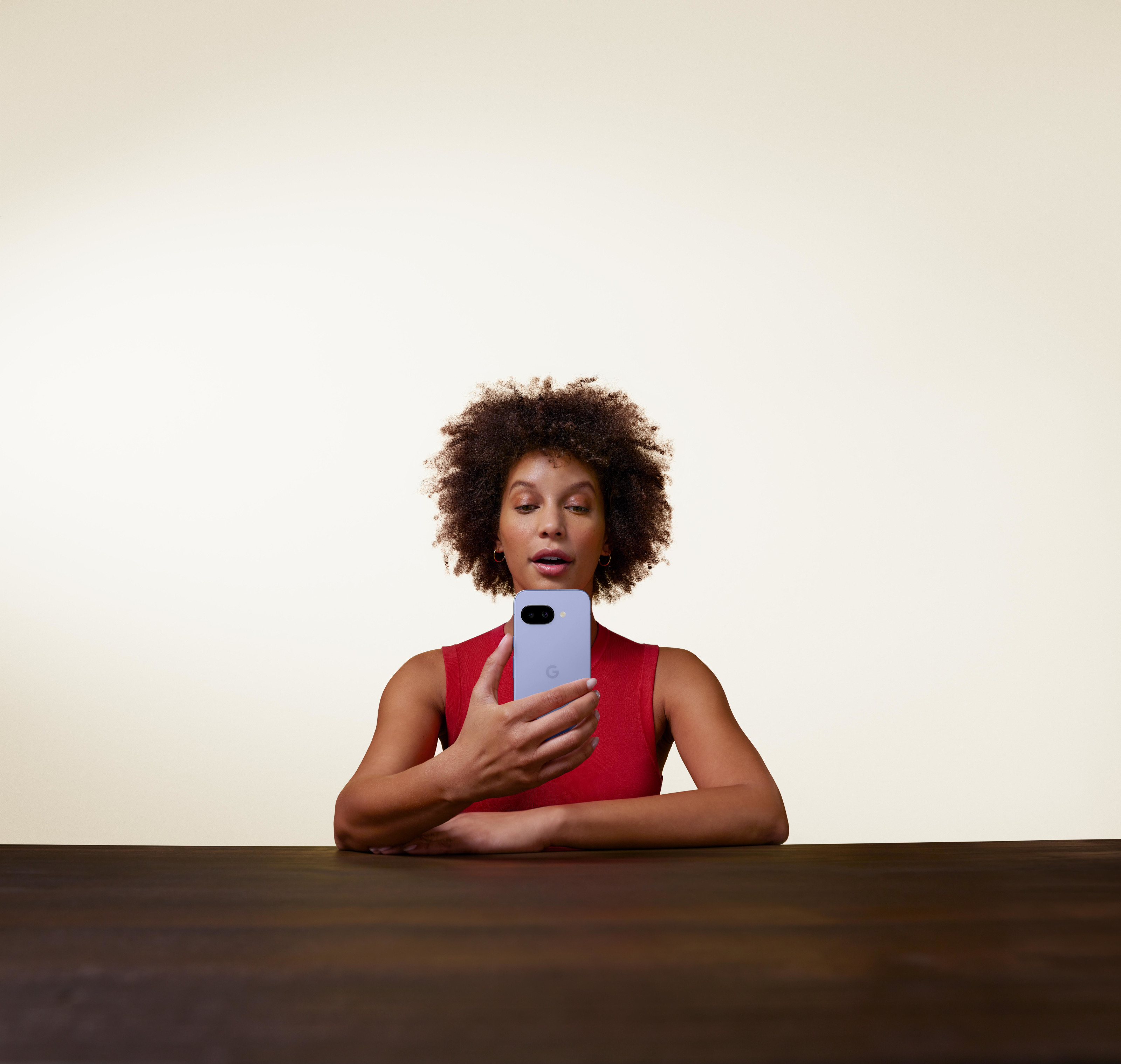
The new Google Pixel 9a
Google Pixel 9a, from £499, Store.Google.com
Google today debuts its latest mid-tier smartphone, the Pixel 9a. Following a well-established strategy of releasing ‘a’-branded models eight months or so after the release of top tier phones. Autumn 2024 saw the arrival of the current flagship Pixel 9 series, so naturally enough we now have the Pixel 9a to replace the Pixel 8a.

Google Pixel 9a in Obsidian, with case
Enough of big tech logistics. At this stage and price point, a new phone drop is just as much about colours and finishes as it is about specification and raw power. Those in the market for Google’s ‘a’ branded phones are not early adopters, nor do they care hugely about having the ‘very best’ in terms of imaging or AI tech. Suffice to say, they trust Google enough to ensure that the feature set and ethos of the flagship trickles down sufficiently to make the 9a an excellent all-rounder.

Google Pixel 9a in Peony, with case
That certainly seems to be the case. Google is still pushing hard on its Gemini AI, a multi-billion-dollar investment in a technology that is still searching for a killer app that transcends the novelty of a smarter search and easy photo editing. The Pixel 9a can tap into all the latest upgrades of the Gemini model, including the new Gemini Live service that uses video to take in scene data and process it accordingly.

Google Pixel 9a in Porcelain, with case
Features like this are increasingly blending into the mainstream and become a part and parcel of how we interact with search. Gemini Live’s ability to parse and converse in natural-sounding language is one of the technology’s strongest points, yet these AI-driven interactions still feel like an obfuscating layer that’s draped over physical reality. Can it ever really be trusted?

Google Pixel 9a in Iris, with case
Infinitely more tangible are the Pixel 9a’s physical characteristics. Solidly built, with a tried and tested camera module that includes both 48 MP main and 13 MP ultrawide cameras, along with new Macro Focus and Astrophotography modes, the 9a will make an excellent photographic companion. Battery life has also been improved, with that crucial crutch of day-length longevity that should dispel any charge anxiety. There's 8GB of RAM and a choice between 128GB and 256GB of storage.

The softer form of the Pixel 9a's camera module is inspired by water droplets
Posterity will have to decide on the merits or otherwise of Google’s suite of photo-editing tools. They range from the relatively benign (cropping, re-framing, even expanding the edge of the image) to the all-in AI-driven slopscape opened up by Pixel Studio, where you can conjure up fantastical imagery out of a sketch or a prompt. Additional lures include a three-month sub to Google One cloud storage and ad-free YouTube premium, along with a six-month subscription to Fitbit Premium content.

Our perennial gripe about modern smartphones – that the tactile delight of their all-metal and glass construction and fine, jewel-like buttons, curves and edges are all subsumed beneath the essential requirement of a robust case. The ‘camera bump’ on the 9a is smoother and less prominent than on its pricier siblings, and there’s also greater emphasis on recycled plastic and aluminium which make up nearly a quarter of the phone’s entire mass.

The new Pixel 9a colours: Obsidian, Peony, Porcelain, Iris
Durability of another kind is ensured through a guaranteed seven years of what Google calls ‘Pixel Drops’ – software and security updates that’ll keep this phone current well into the 2030s (providing you don’t do a Pixel drop of your own). Finally, those all-important new colour ways, Iris, Peony, Porcelain and Obsidian, go some way towards stripping away the tech bro aesthetic of modern devices in favour of something softer and less in your face.
All in all, Pixel 9a is yet another tread on the slippery stair to Google’s conquest of everything. If that’s a journey you’re inescapably yoked to, then the 9a is a welcome companion, an unpretentious, affordable device that deserves a place on everyone’s shortlist.

The new Google Pixel 9a
Google Pixel 9a, from £499, Store.Google.com
Receive our daily digest of inspiration, escapism and design stories from around the world direct to your inbox.
Jonathan Bell has written for Wallpaper* magazine since 1999, covering everything from architecture and transport design to books, tech and graphic design. He is now the magazine’s Transport and Technology Editor. Jonathan has written and edited 15 books, including Concept Car Design, 21st Century House, and The New Modern House. He is also the host of Wallpaper’s first podcast.
-
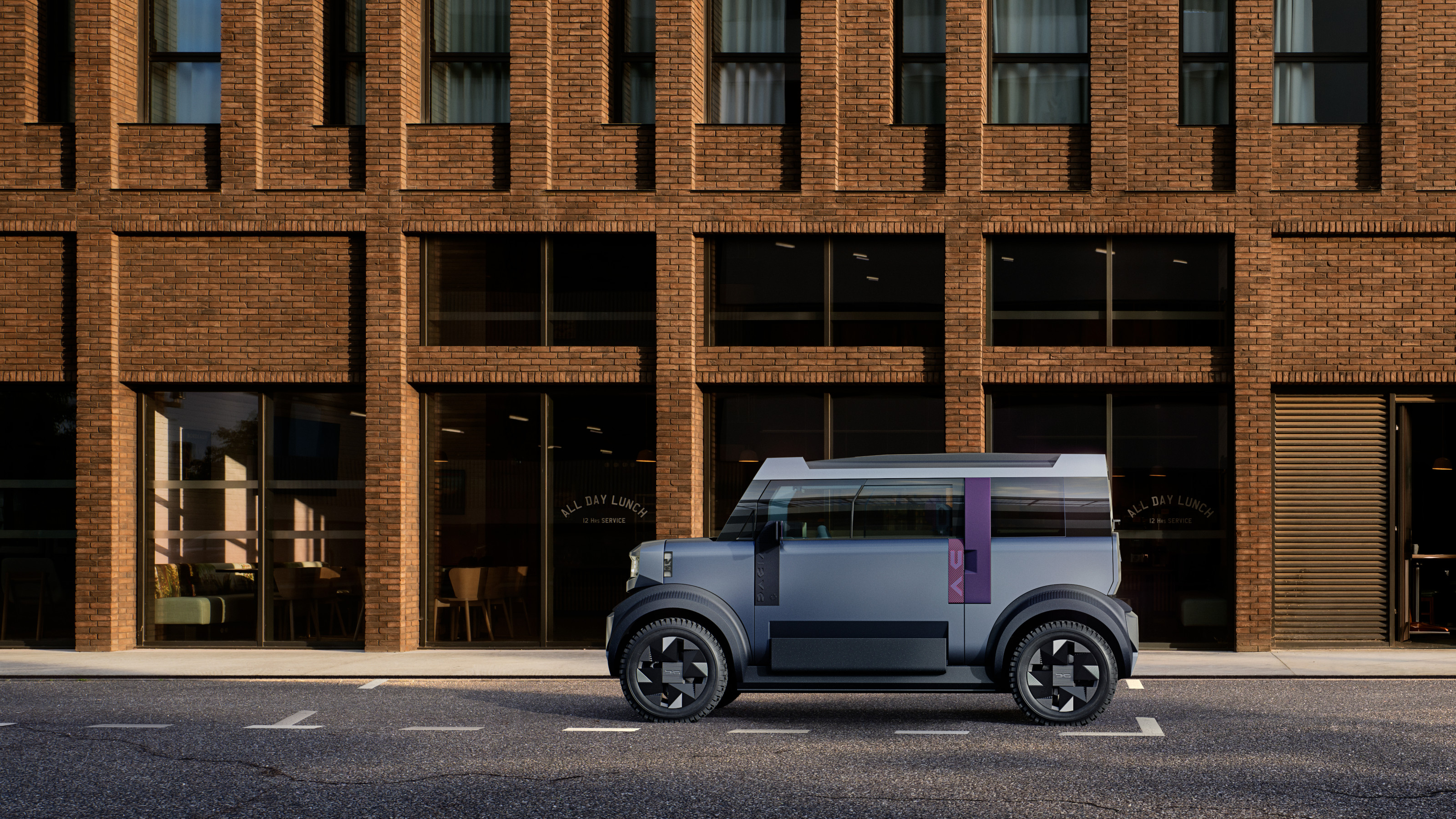 Year in review: the shape of mobility to come in our list of the top 10 concept cars of 2025
Year in review: the shape of mobility to come in our list of the top 10 concept cars of 2025Concept cars remain hugely popular ways to stoke interest in innovation and future forms. Here are our ten best conceptual visions from 2025
-
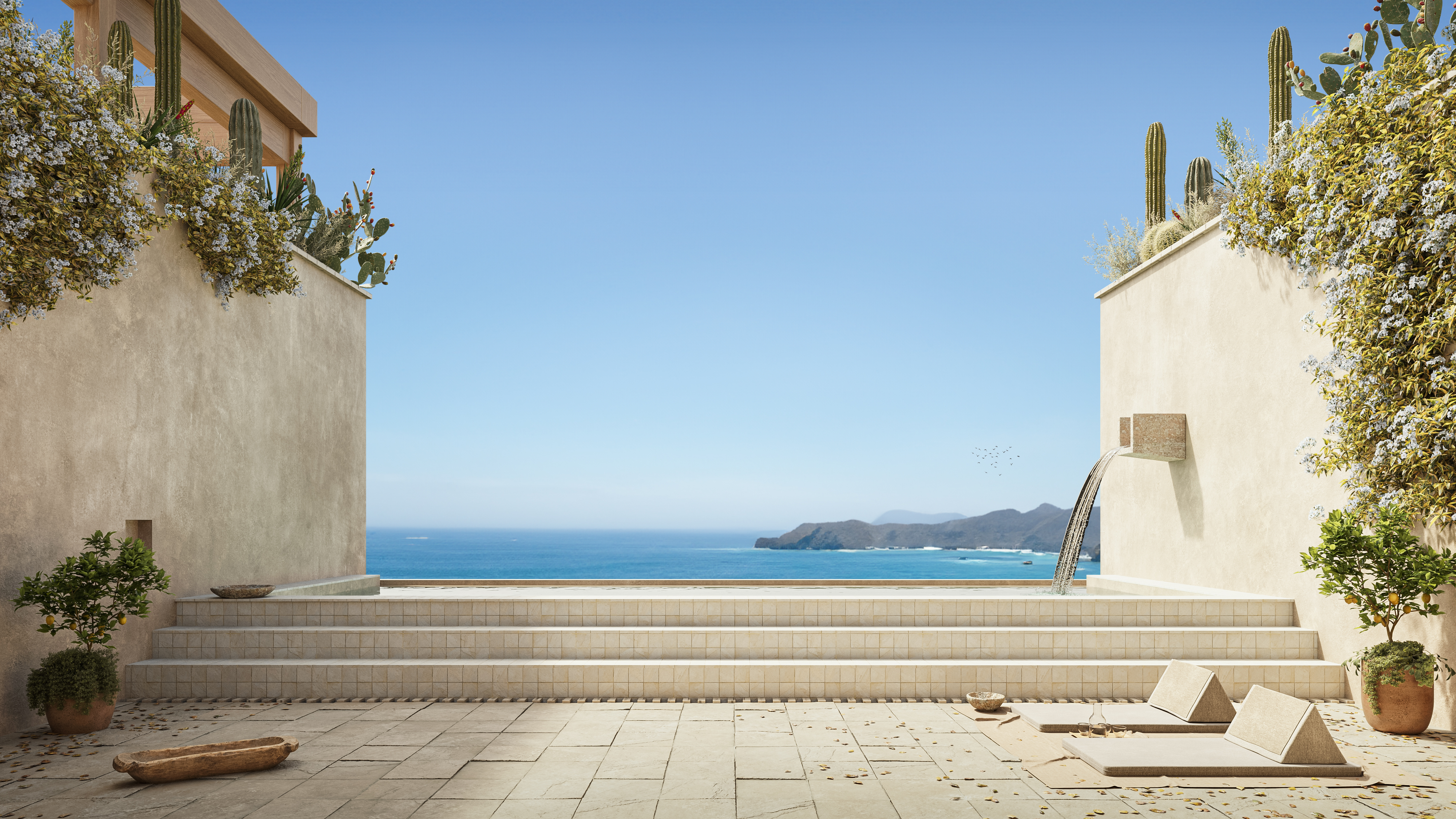 These Guadalajara architects mix modernism with traditional local materials and craft
These Guadalajara architects mix modernism with traditional local materials and craftGuadalajara architects Laura Barba and Luis Aurelio of Barbapiña Arquitectos design drawing on the past to imagine the future
-
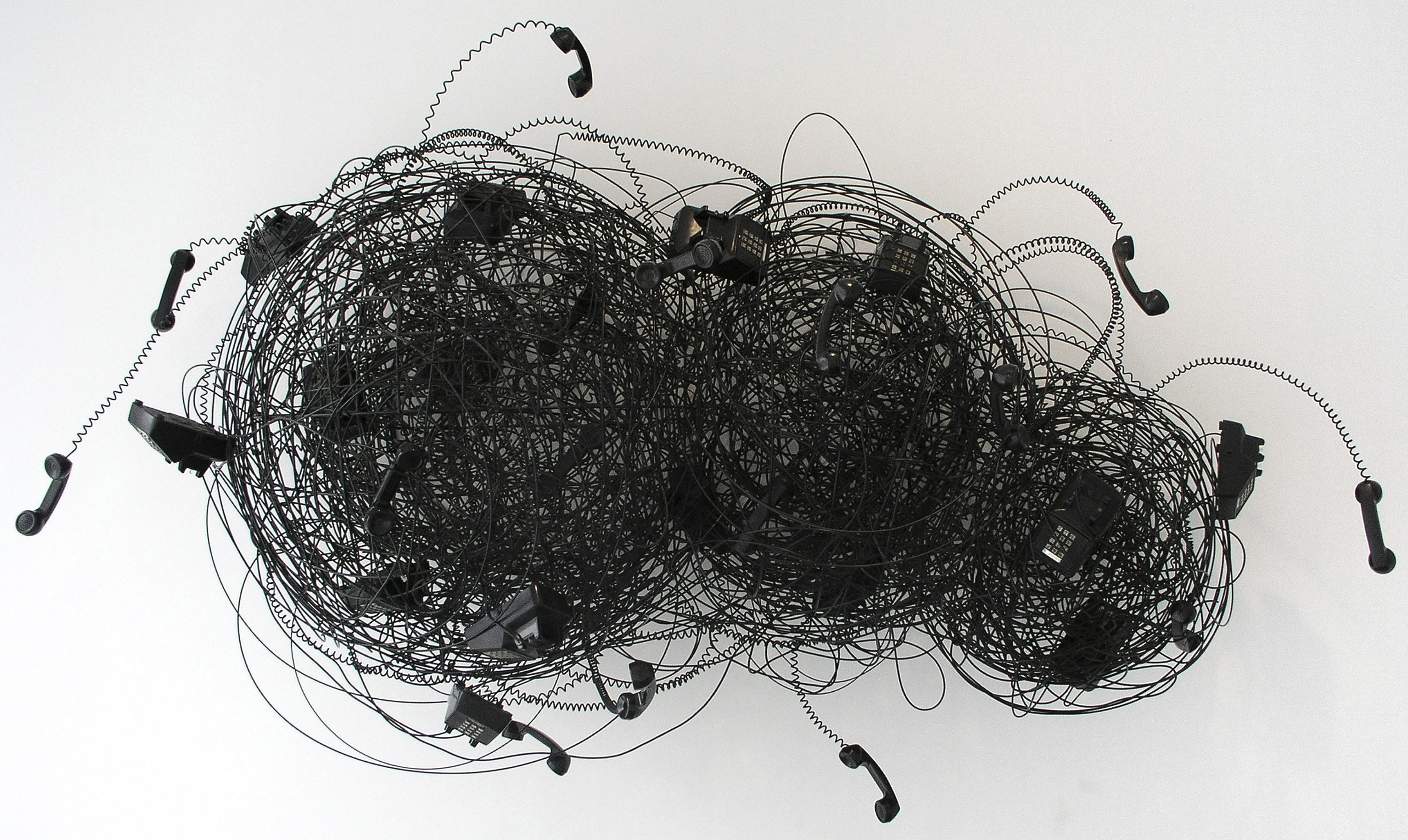 Robert Therrien's largest-ever museum show in Los Angeles is enduringly appealing
Robert Therrien's largest-ever museum show in Los Angeles is enduringly appealing'This is a Story' at The Broad unites 120 of Robert Therrien's sculptures, paintings and works on paper
-
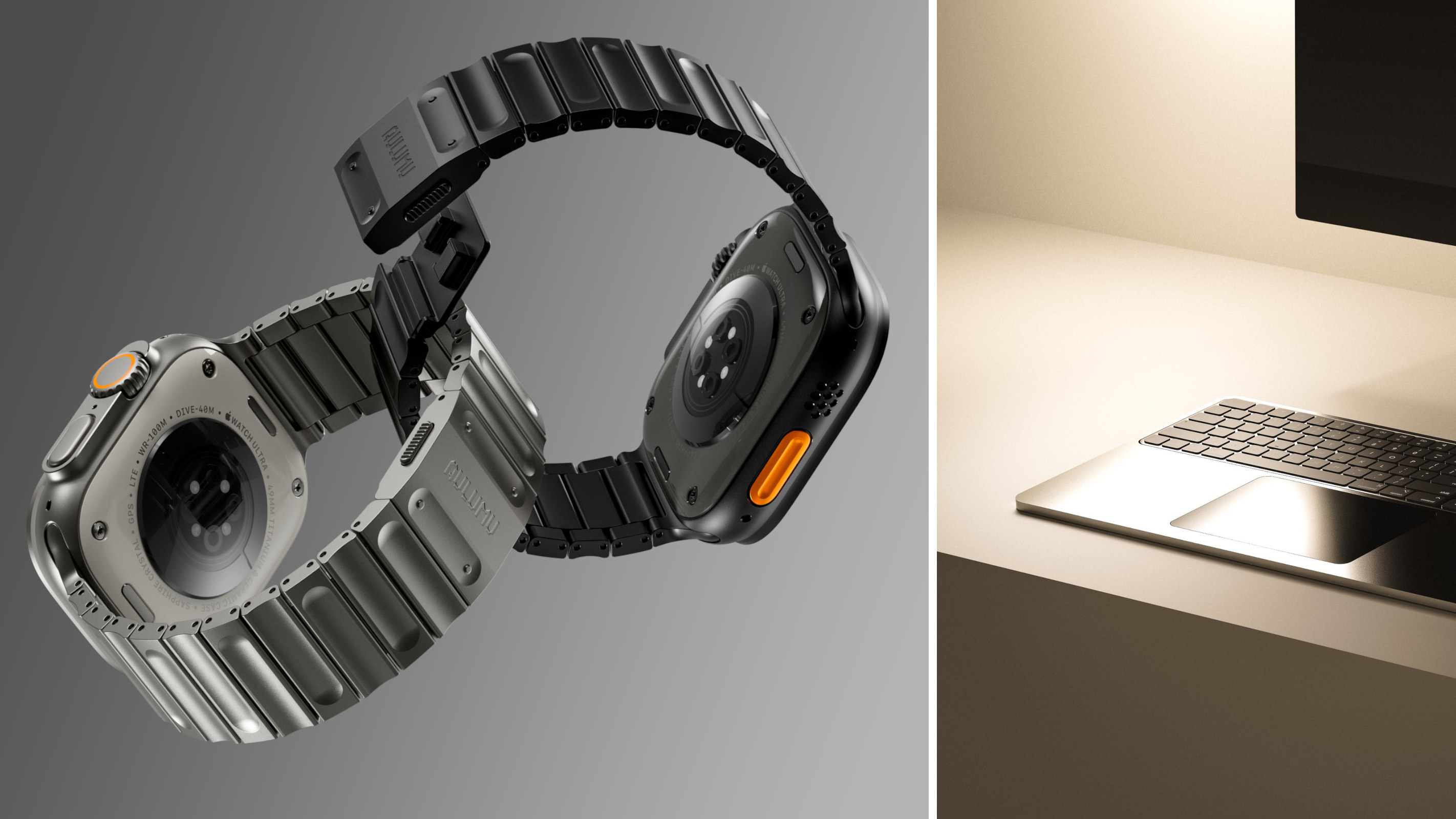 Seven covetable accessories designed to improve your Apple experience
Seven covetable accessories designed to improve your Apple experienceWe present a clutch of cultured accessories for all things Apple, from chargers to cases, straps and keyboard covers
-
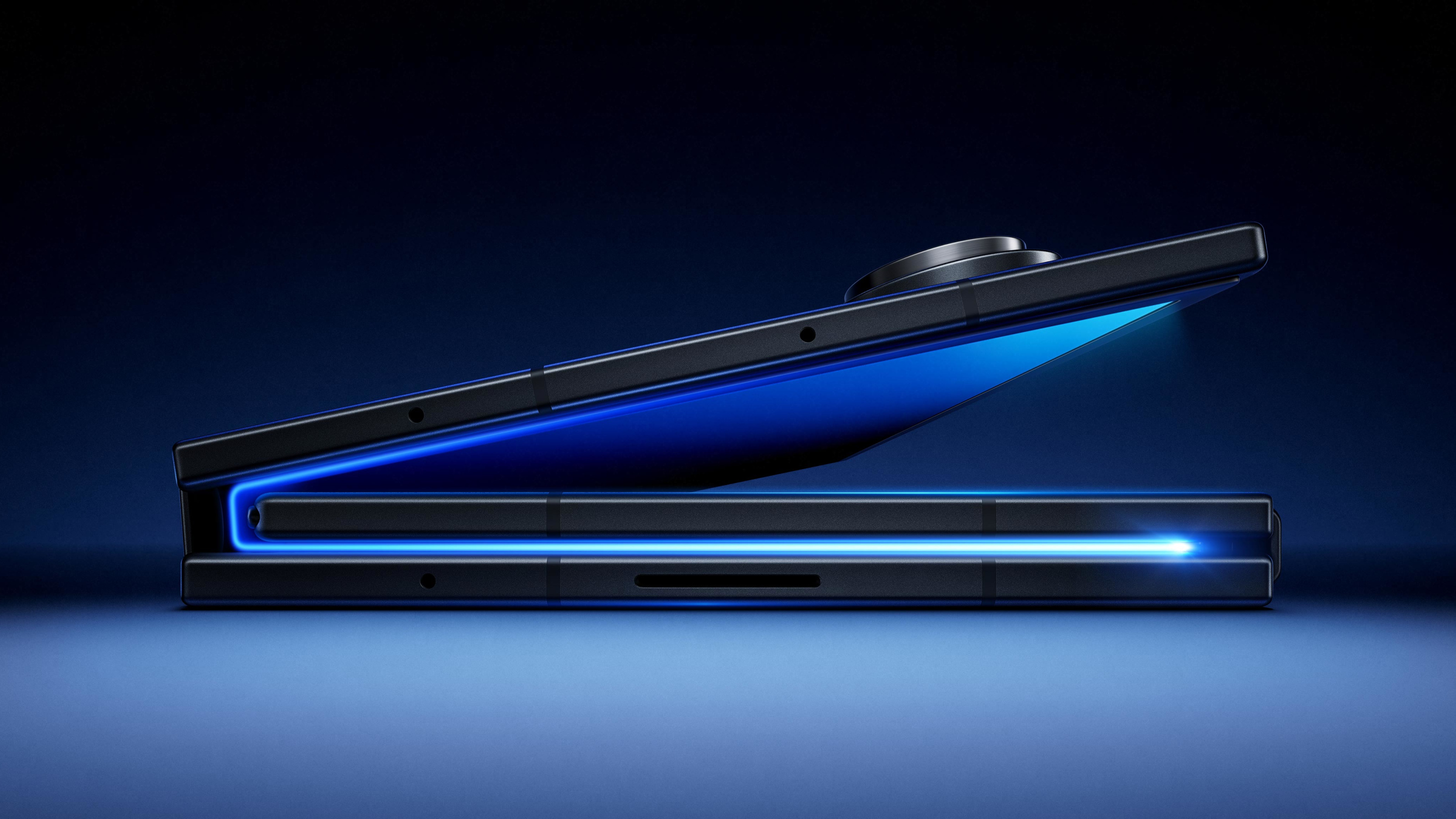 Samsung Galaxy Z TriFold is a pocket tablet that takes folding screens to new extremes
Samsung Galaxy Z TriFold is a pocket tablet that takes folding screens to new extremesSamsung has announced its newest flagship device, the Galaxy Z TriFold. Featuring three folding screens, this ultimate smartphone can transform into a ten-inch tablet
-
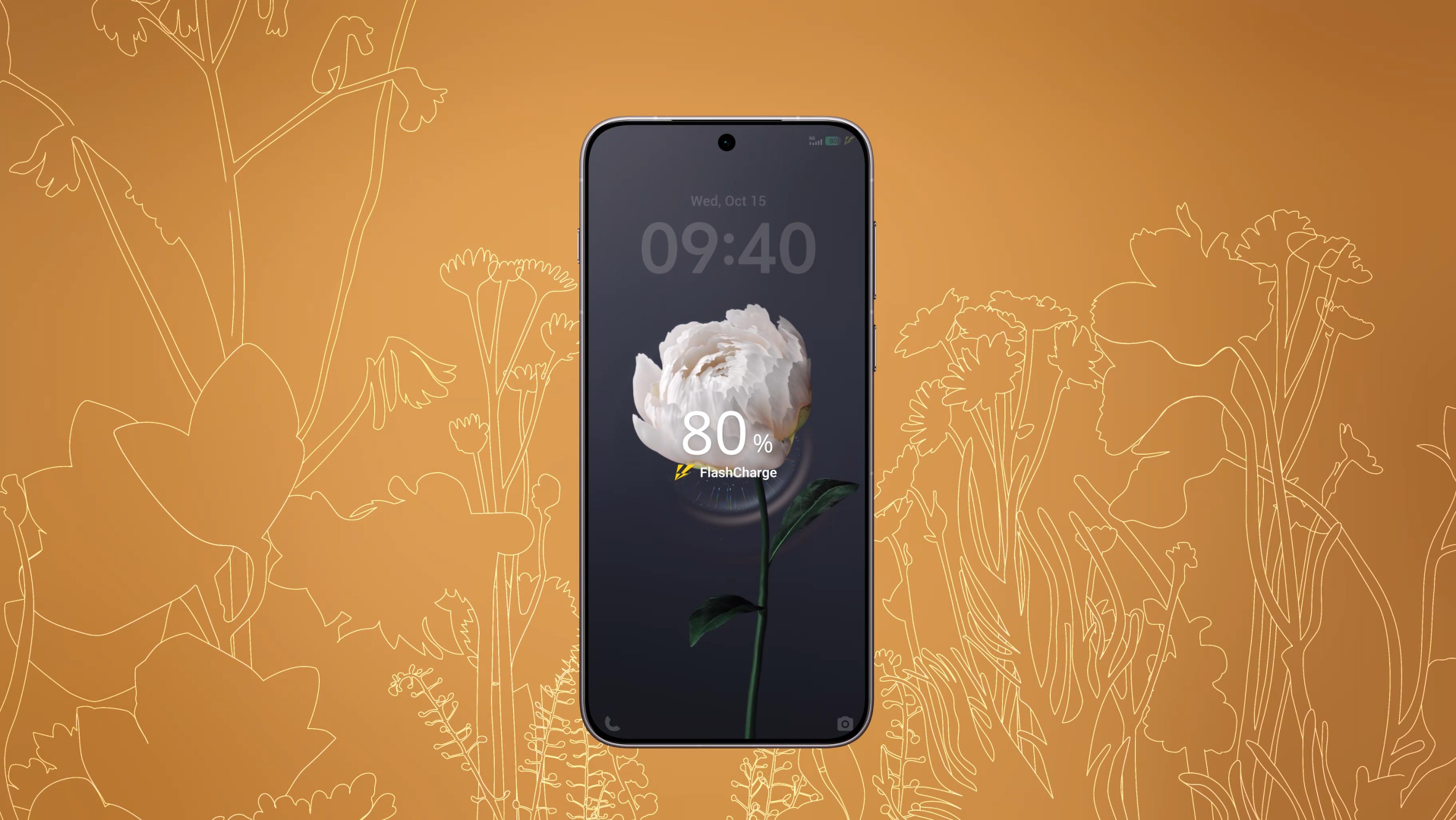 Vivo launches OriginOS 6, for a smooth and intelligent mobile experience
Vivo launches OriginOS 6, for a smooth and intelligent mobile experienceSuperior AI, next-level graphics and a seamless user experience make this Vivo’s most sophisticated operating system yet
-
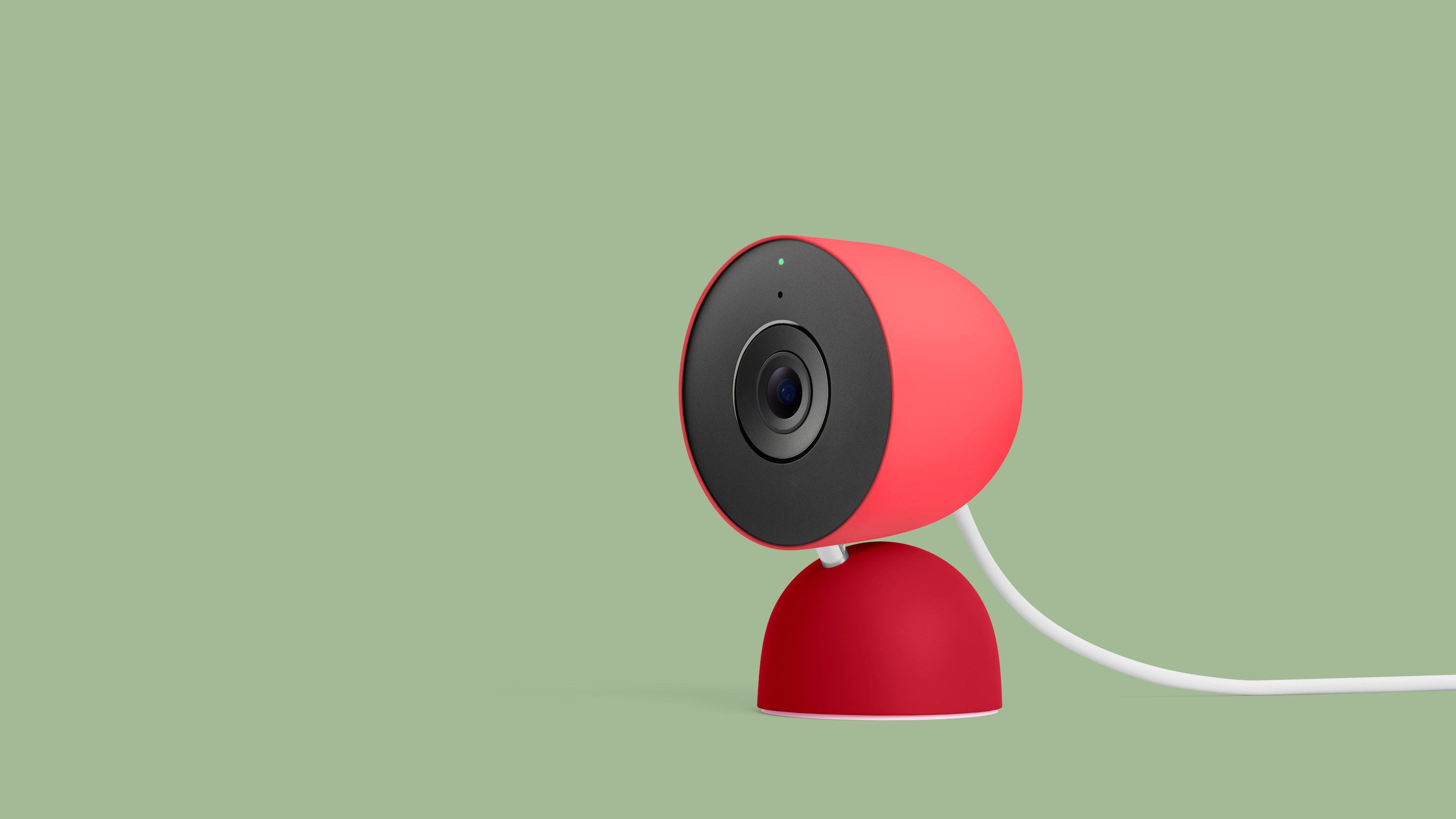 Google Home gets a glow-up as Gemini joins the party with its uncanny observational skills
Google Home gets a glow-up as Gemini joins the party with its uncanny observational skillsYour smart speaker becomes sentient and you now have your own NSA-grade domestic surveillance set-up. Welcome to the terrifying power of Gemini-enabled Google Home
-
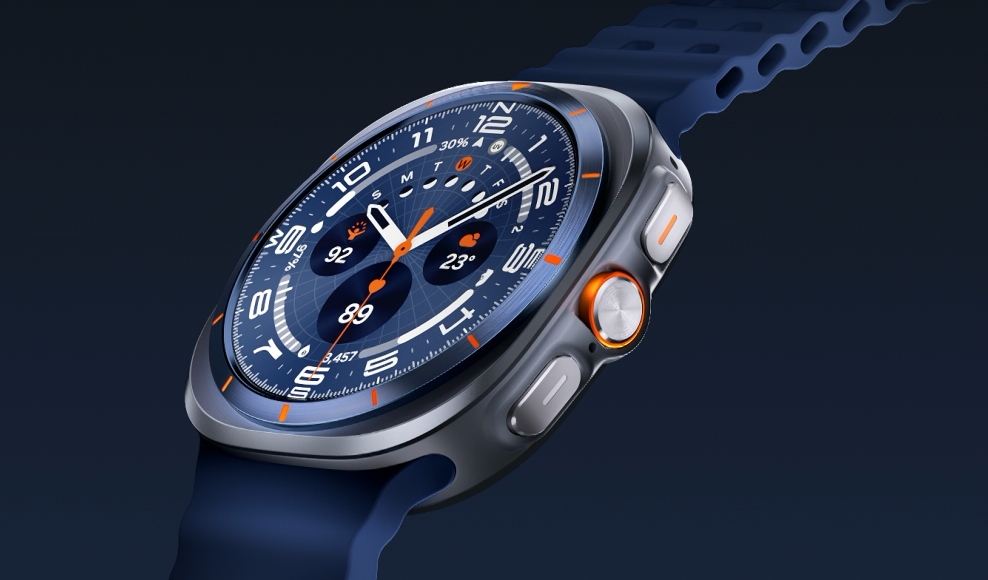 12 new watches and wearables offer a high-tech take on time and tracking
12 new watches and wearables offer a high-tech take on time and trackingFrom conventional smart watches to specialist applications and even solar system exploration, we present twelve ways of transforming your wrist into a source of inspiration and information
-
 The Apple iPhone Air leads the company’s round of autumn product launches
The Apple iPhone Air leads the company’s round of autumn product launchesThe new Apple iPhone 17 range boasts better cameras, more memory and more Apple Silicon. It launched alongside new Apple Watches, new AirPods and the remarkable iPhone Air. We explore out the key innovations and products
-
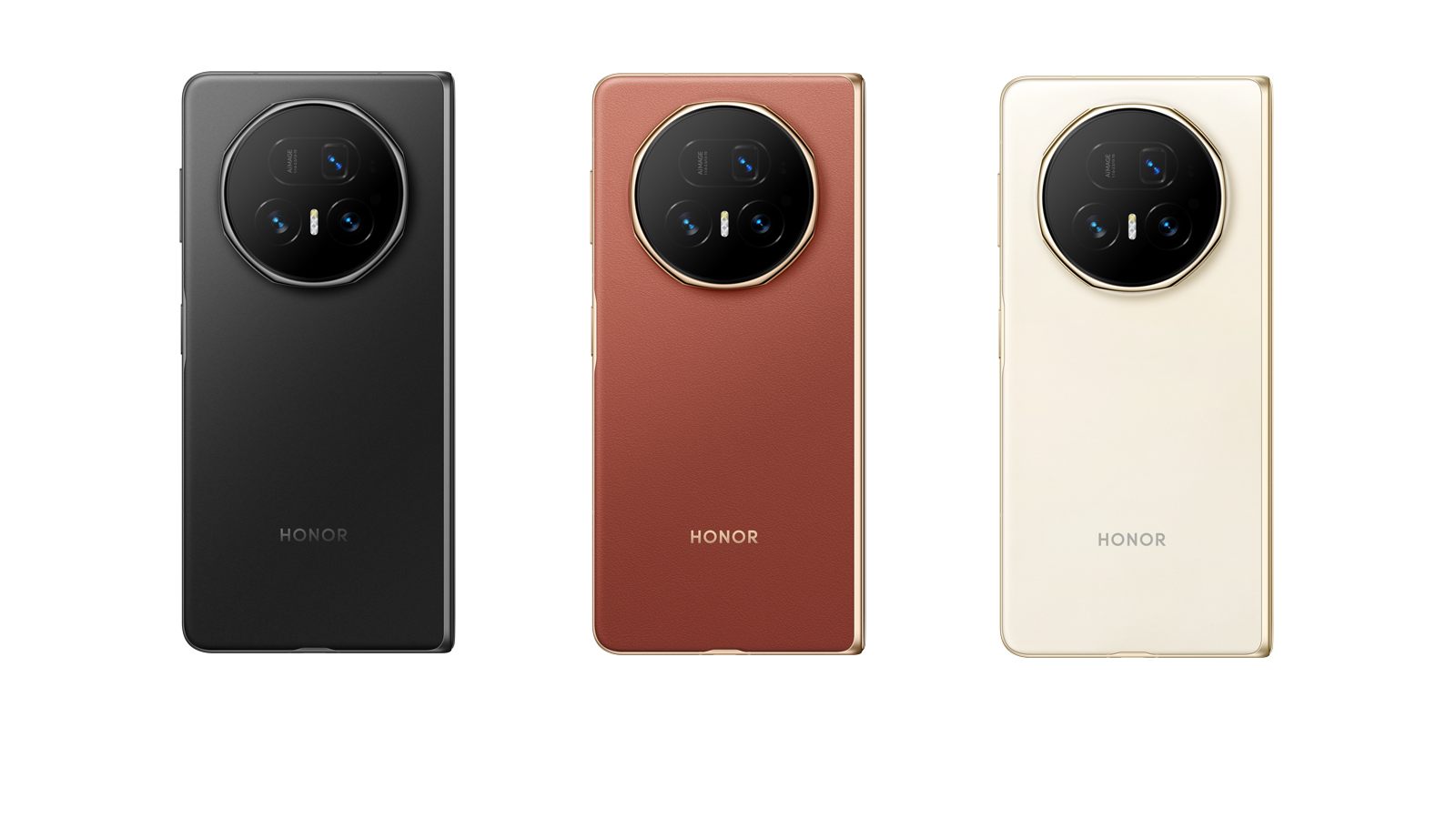 Honor introduces an ultra-slim trio of new flagship foldable phone, tablet and laptop
Honor introduces an ultra-slim trio of new flagship foldable phone, tablet and laptopThin is in as Honor goes for style and substance with three new portable computing devices – a high-powered folding phone, tablet and laptop that offer anything but slim pickings
-
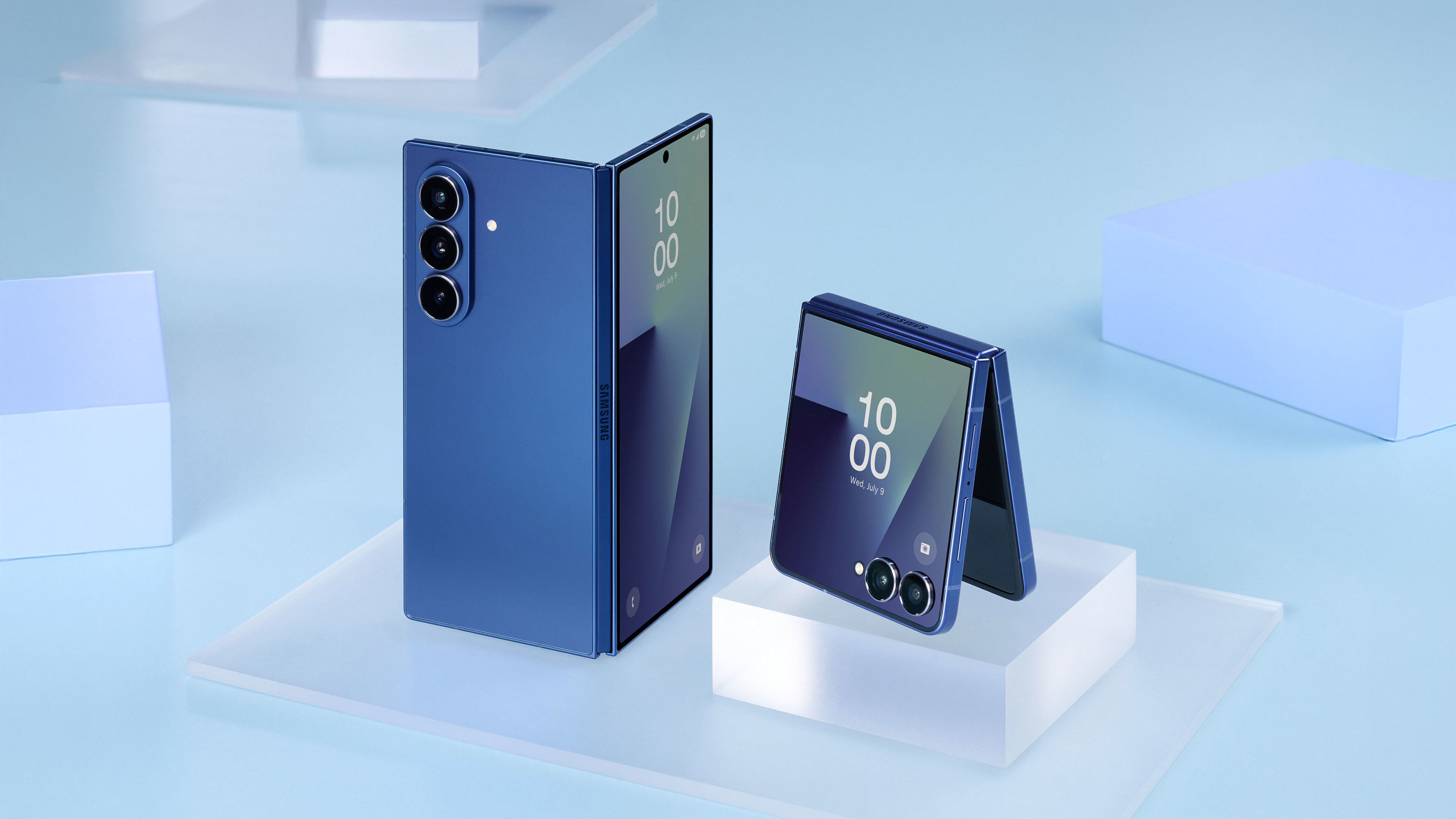 Samsung’s Galaxy Z Fold7 shows the folding smartphone still has traction as a flagship device
Samsung’s Galaxy Z Fold7 shows the folding smartphone still has traction as a flagship deviceThe Samsung Galaxy range has been given a thorough overhaul, with a new Fold, new Flip and an update to the class-leading Galaxy Watch series